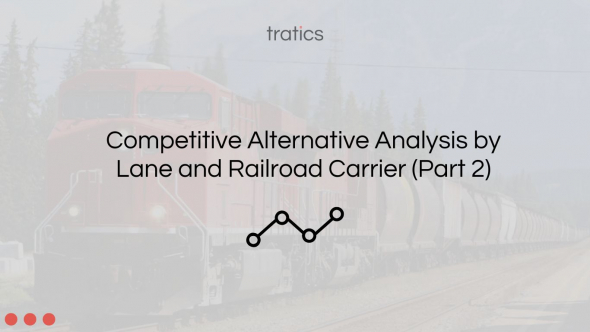Tratics Rail Rate Blog
Tratics and Kontango Announce Strategic Partnership to Enhance Commodities Supply Chain
Tratics LLC (“Tratics”), a leader in rail pricing transparency software for North American rail shippers, is excited to announce a strategic partnership with Kontango, Inc. (“Kontango”), a pioneer in optimizing supply chains in chemicals and other underserved commodity markets.
Read more
The Future of Rail Freight in North America: Embracing Innovation and Sustainability (Part 4 of 4)
The rail freight industry in North America is undergoing a significant transformation, fueled by advancements in technology, shifting market dynamics, and a growing emphasis on environmental sustainability. In this blog post, we will delve into the key trends shaping the future of rail freight and explore how digitalization, intermodal integration, sustainable practices, infrastructure investment, and collaboration are driving this evolution.
Read more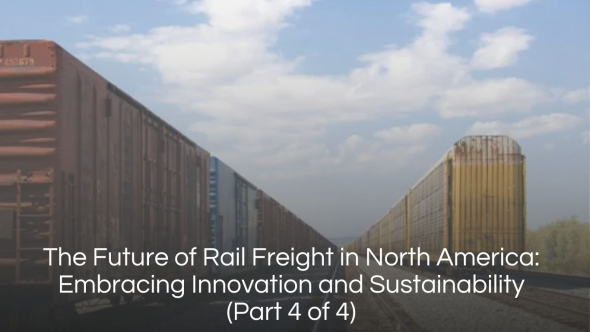
Innovations in Sustainability by Railroads in North America (Part 3 of 4)
Environmental sustainability has become a top priority for our society. As the demand for sustainable transportation continues to grow, railroads are actively seeking innovative solutions to continue to reduce their environmental impact. In this blog, we will explore the latest advancements and initiatives that contribute to the sustainability of shipping freight by rail.
Read more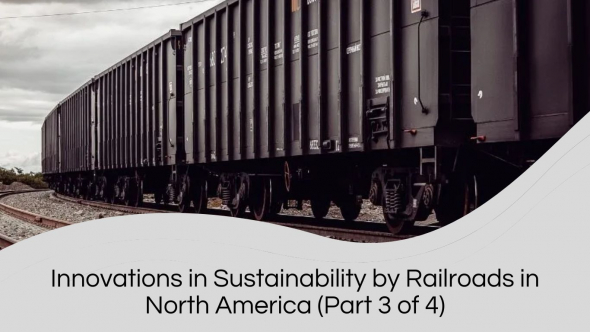
Rail Freight Technology Advancements in North America (Part 2 of 4)
The rail freight industry in North America continues to develop new technologies to enhance efficiency, safety, and sustainability. In this article, we'll explore some of the latest innovations and technologies in rail freight operations.
Read more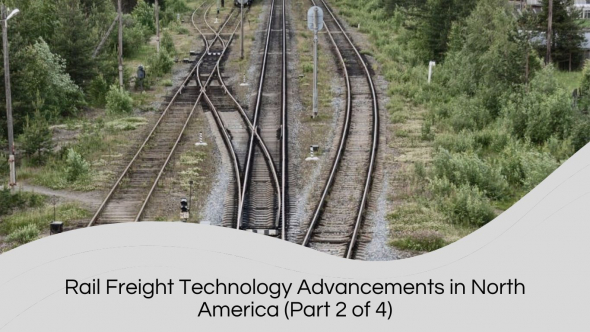
The Role of Freight Railroads in North America's Supply Chain (Part 1 of 4)
Freight railroads stand as a crucial component of the supply chain in North America. They enable the efficient movement of large quantities of goods over long distances. This article aims to delve into the significance of rail freight and its impact on various industries and the overall economy.
Read more
Rail price visibility helps shippers save money
Rail shippers often lack price visibility due to various railroad systems and pricing methodologies. To address this, shippers can use software tools like Tratics, a rate management platform that integrates all carrier rates, enabling quick comparisons and optimal decision-making. This results in enhanced competitiveness and informed shipping decisions.
Read more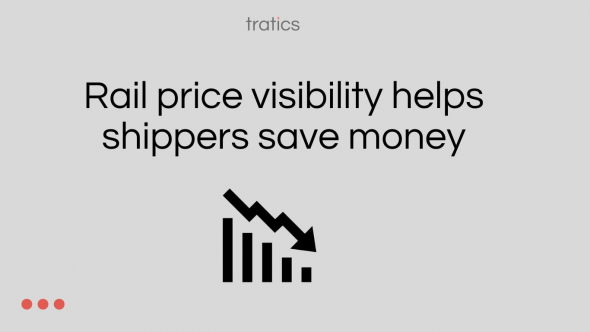
Nearshoring: The Slow but Major Tectonic Shift and its Impact on Rail Shippers
Read along as we explore the impact of the growing nearshoring trend on North American rail logistics and the broader transportation sector. The article highlights the opportunities and challenges it presents for rail shippers and railroads, especially as demand for cost-effective, long-haul transportation increases.
Read more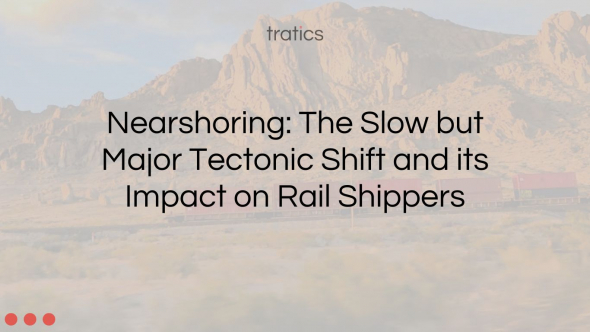
Evaluating Railroad Rate Proposals (Part 4 of 4)
This article provides insights on how to effectively analyze railroad bid proposals and negotiate the best possible rates for your business. Use this guide to assist you in making informed decisions when evaluating rail rate proposals.
Read more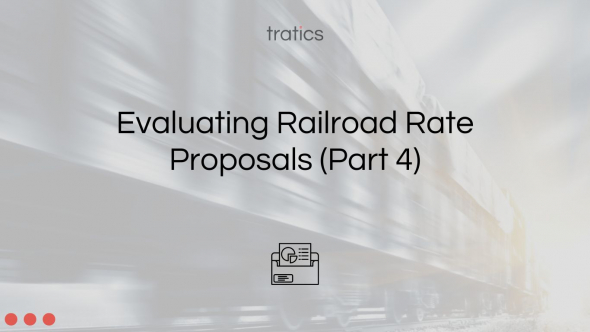
Rate Negotiating Strategy: Strategy and Checklist for Shippers (Part 3 of 4)
In order to effectively negotiate lower rail rates, it is important to craft a compelling business case, understand railroad pricing strategies, and profile each railroad's specific attributes. Included in this article is a detailed shipper preparation checklist.
Read more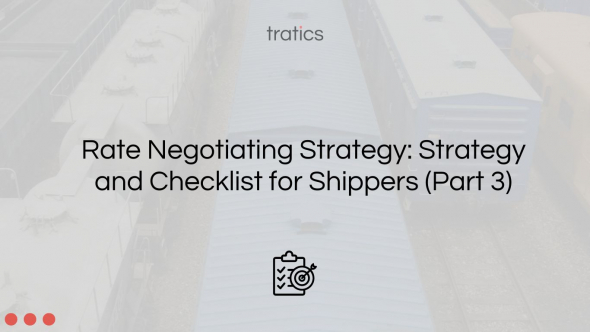
Rail Rate Analysis: Competitive Alternative Analysis by Lane (Part 2 of 4)
Shippers should explore alternative transportation options for cost savings. This includes examining various rail options, considering Rule 11 rates and routes, assessing alternative sourcing, and developing transload programs for captive lanes.
Read more